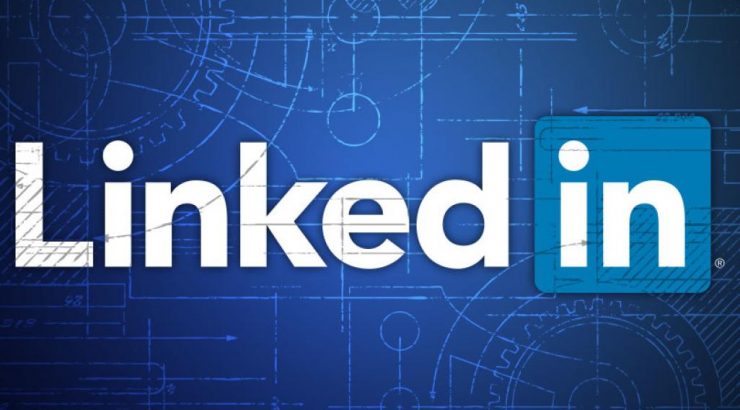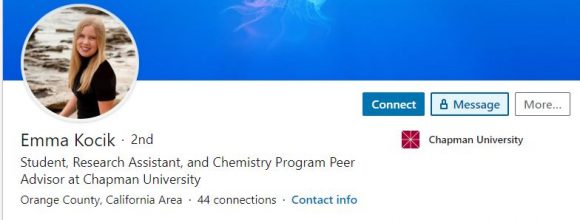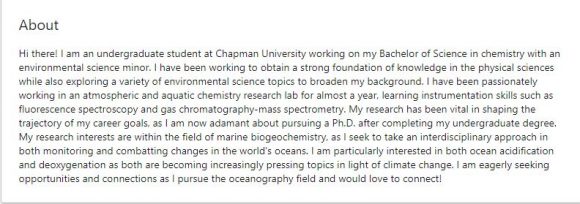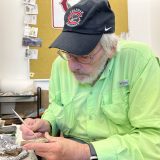
LinkedIn Profile Tips for STEM Students Career Advisor Leanna Izen shares her tips!
June 2, 2020
Microsoft, LinkedIn’s parent company, reported that LinkedIn had reached record levels of engagement during these past few months amidst the worldwide pandemic. With the changing job market, LinkedIn Learning and employers using LinkedIn are pushing out more content than ever before. As a college student, there is no better time to create and update your LinkedIn profile.
Not sure where to start? Below I’ve outlined some tips to get your profile started. Remember that your profile will always be a work in progress. You should continue to update it as you build experience and have opportunities to add.
Remember: You Have More Experience Than You Realize!
You know the Grand Challenges Initiative project you worked on all last year? That can go in an experience section! Your laboratory/major research projects? Also, fit for an experience section. Experience is NOT just the paid stuff; it’s the unpaid opportunities as well.
Don’t forget about your LinkedIn Learning courses, too. You can access LinkedIn Learning with your Chapman login. Once you complete a LinkedIn Learning course (maybe a research studies course, a crash course on Python, whatever the topic might be) then LinkedIn will post a certification of completion directly to your LinkedIn profile! This, along with other sections that LinkedIn has to offer, is one of the many ways you can show employers that you have the skills necessary to get the job done.
Change Your “Heading” Statement
This is the information under your name. LinkedIn will automatically default to “student at Chapman University.” When recruiters look for you, the #1 spot that they pull information from is your heading. With that, I recommend changing out the wording to fit YOUR unique goals/character. Examples: “Seeking research opportunities in biology labs” or “Aspiring environmental scientist, focusing on air pollution”. You could also simply add your current position title/work.
What To Include in the “About” Section
We all HATE that dreaded “About” section. But, it does not have to be anything intense here. You can use full sentences, bullet points, whatever you want!
A few ideas to include would be:
1) Why you are interested in the industry/career you have chosen? This can be a unique and creative story or just told very simply and clearly.
2) Share any relevant experiences or passions you have.
3) What are your long-term goals? Make sure that you include buzzwords in this area as well. Buzzwords are the industry-specific words that an employer would use to find you on LinkedIn! View relevant buzzwords here.
Connect with MANY People
Now that you have your profile set up, it is time to CONNECT with people! LinkedIn is not like Facebook or Instagram, where you want your account to be private. LinkedIn is about making connections, connections with people that might be able to open doors for you! Add your peers, co-workers, faculty like Dr. Schwartz, and feel free to add ME!
A good way for a connection to help you in your career journey is by giving you an endorsement on LinkedIn. I would say one of the best ways to get an endorsement is to first endorse someone else! We like to say that it is “common courtesy” to endorse someone back if they endorse you for a skill, so this can be a great way to boost your endorsement section. There is also no harm in also messaging your peers, professors, supervisors, coworkers, etc. to see if they’d be willing to endorse you.
Now is the Time to Start Networking
LinkedIn was created for networking. How to use it for networking starts with creating your profile, building connections, and staying active. If you would like to discuss how to network with alumni or prospective employers, or just want someone to look over your LinkedIn profile real quick, let’s talk it over! Schedule an appointment with me here.
Special thank you to Emma Kocik ’22 for being our LinkedIn Profile example.
Cover Image from PCMag



